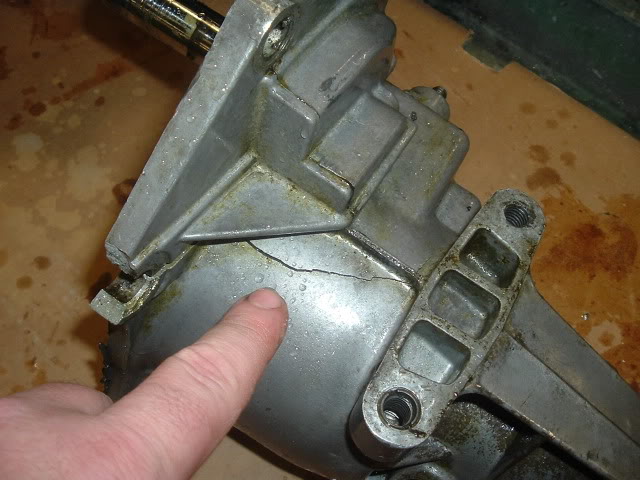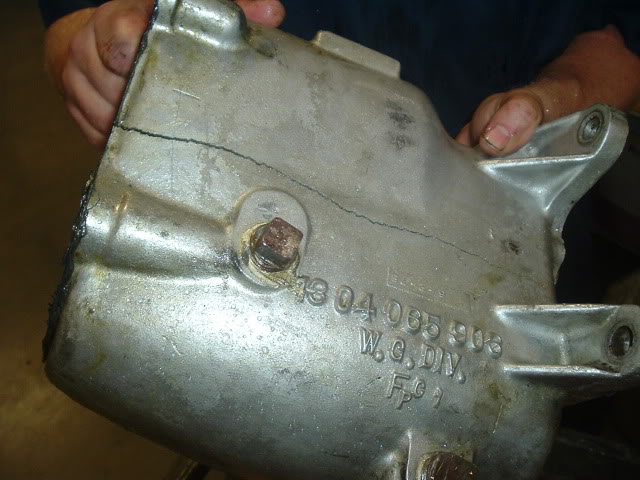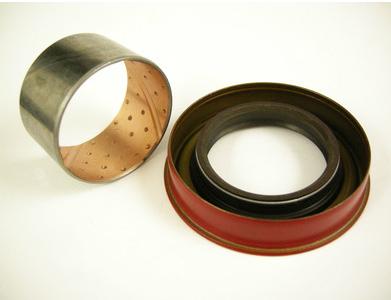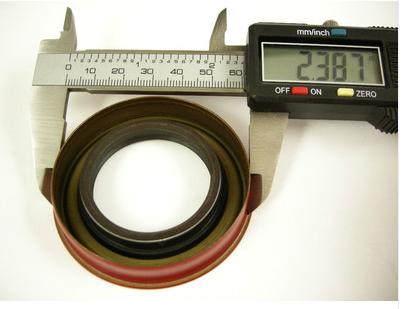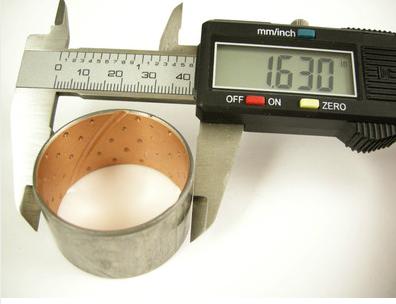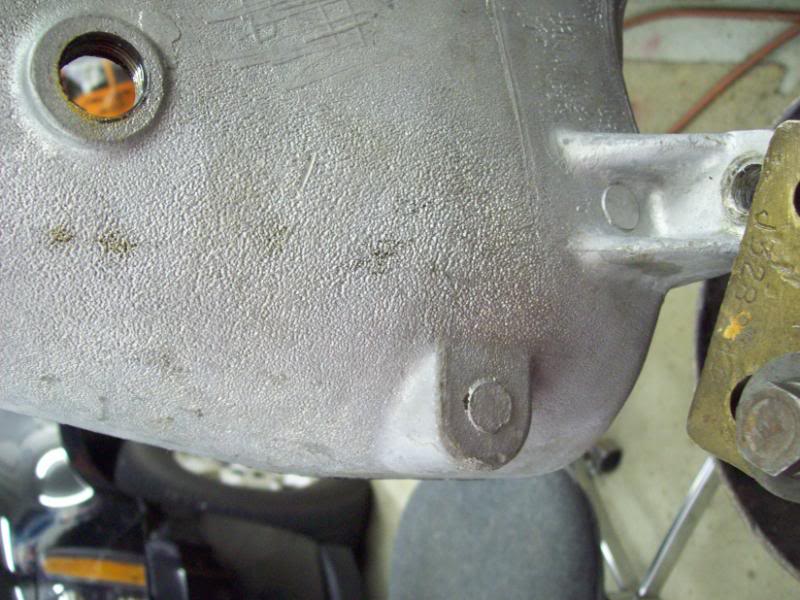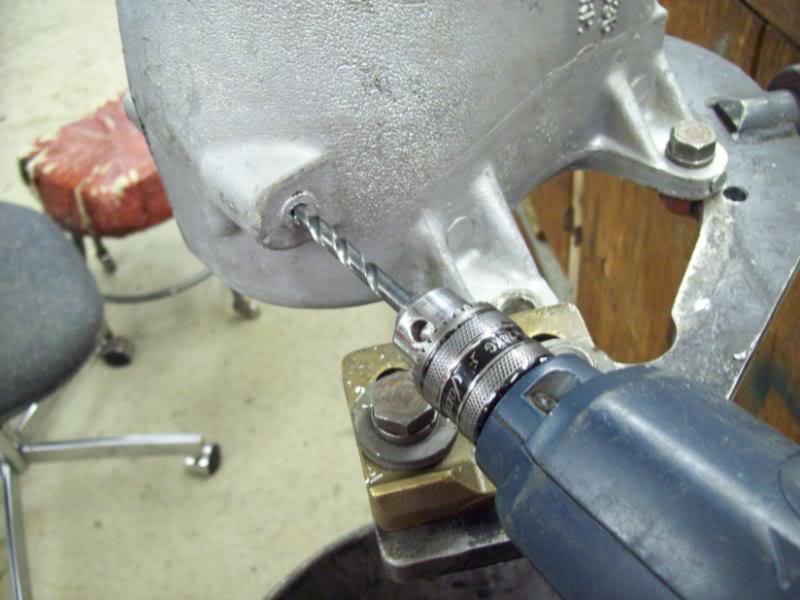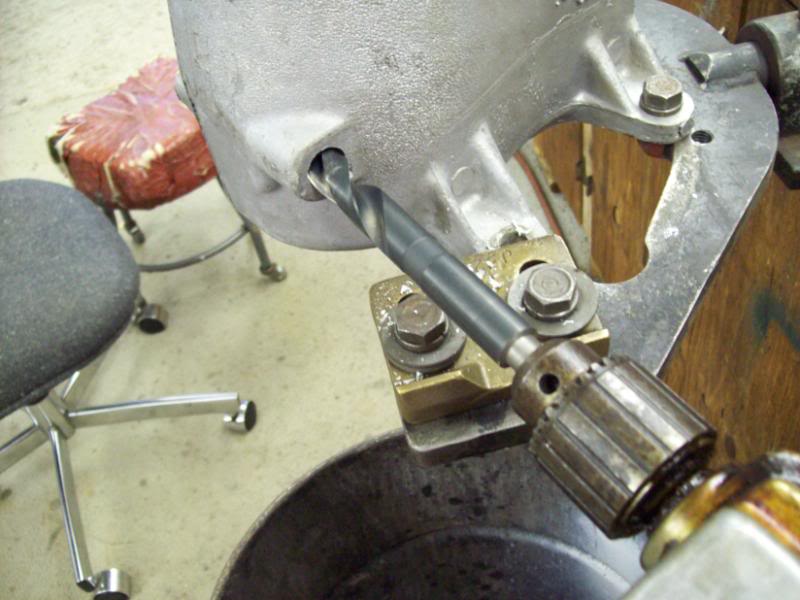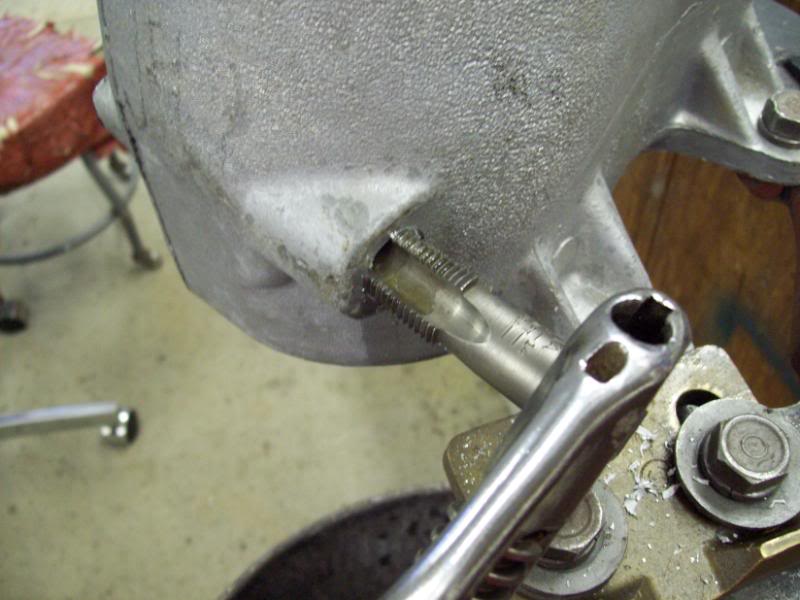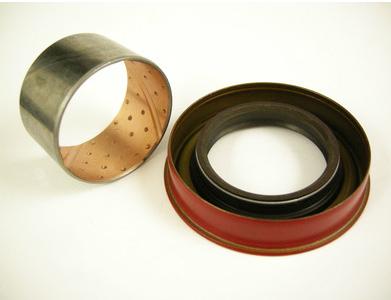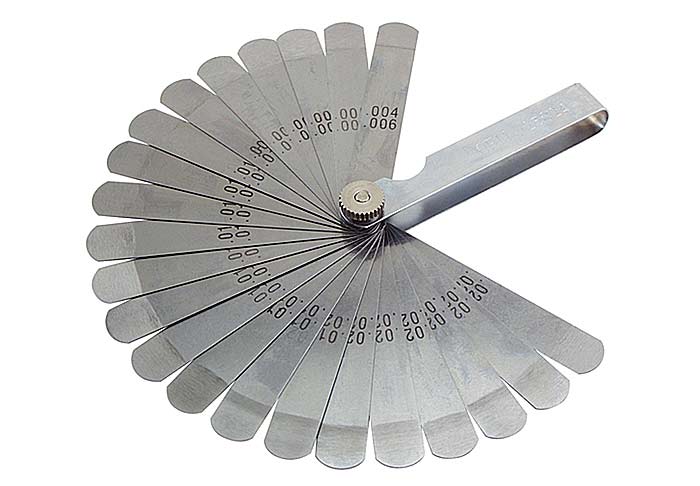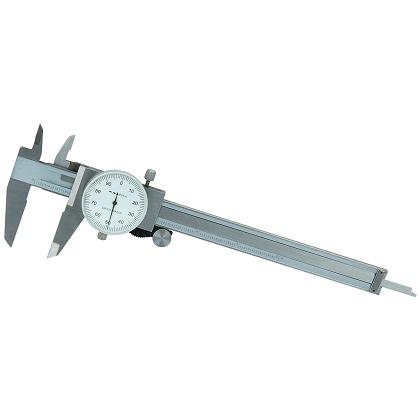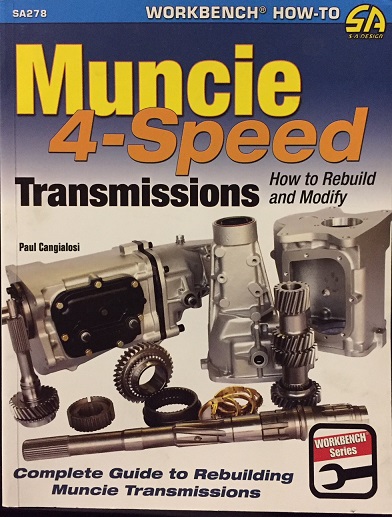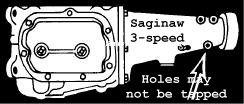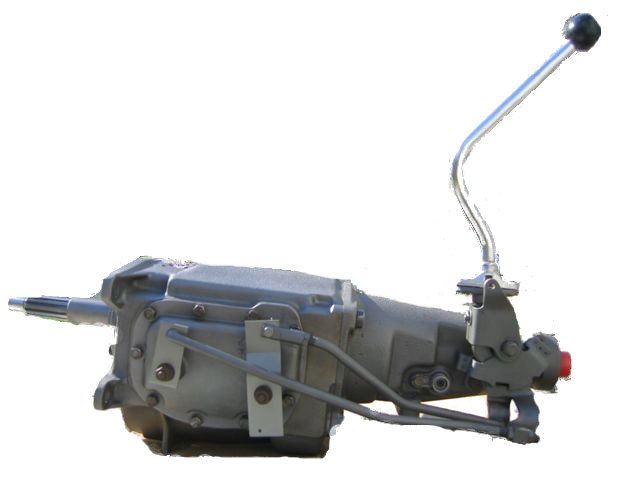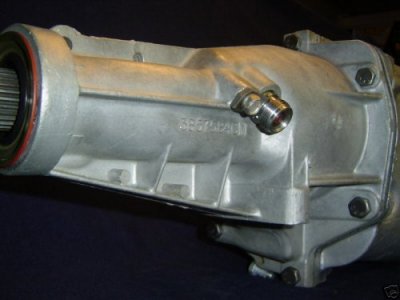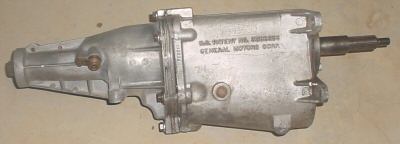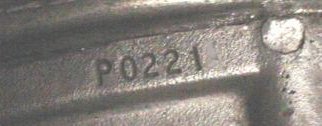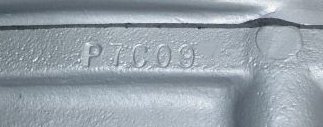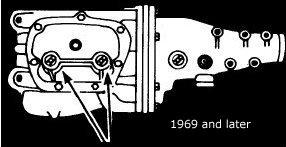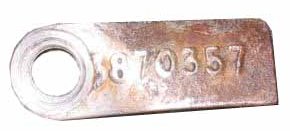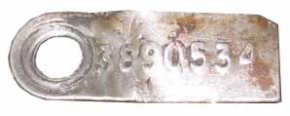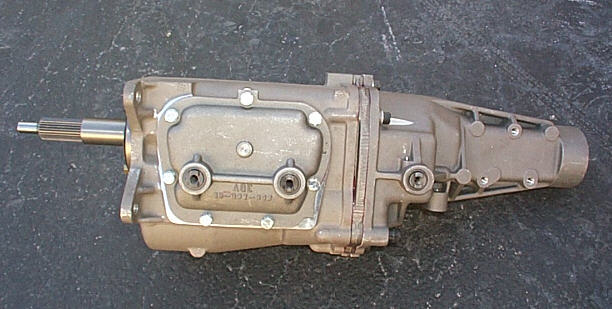
Since the M21's come with either 10 spline in /27 spline out
or
26 spline in /32 spline out input/output spline counts
http://www.5speeds.com/racing/m22x.html
http://www.5speeds.com/case.html (SUPER CASE UPGRADE)
http://www.nastyz28.com/index.php?page= ... ansmission
http://www.drivetrain.com/parts_catalog ... umber.html
http://www.drivetrain.com/parts_catalog ... l_kit.html
http://www.5speeds.com/muncie2.htm
http://www.4speeds.com/video.html
http://www.tbtrans.com/muncie_4_speed.htm
http://www.highperformancepontiac.com/t ... index.html
http://www.yearone.com/updatedsinglepag ... muncie.asp
http://www.hemmings.com/mus/stories/200 ... ure18.html
http://www.4speeds.com/muncie2.htm
http://www.4speeds.com/muncie3.htm
http://www.4speeds.com/newm22.html
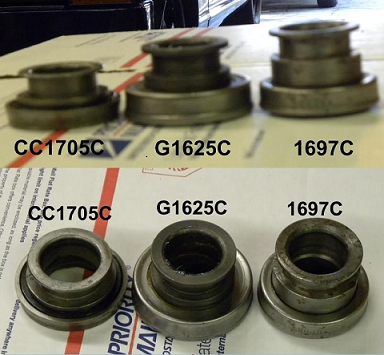
keep in mind theres three common throw out bearing heights and youll need the correct height for your particular application to get proper clutch function
Case casting numbers, relating production years and ratios available
Casting: 3831704 Years: 1963 Only Ratios: M20 2.56 1st , M21 2.20 1st
Casting: 3851325 Years: 1964 - 1965 Ratios: M20 2.56 1st , M21 2.20 1st
Casting: 3885010 Years: 1965 - 1967 Ratios: M20 2.52 1st , M21 2.20 1st, M22 2.20 1st
Casting: 3925660 Years: 1968 - 1970 Ratios: M20 2.52 1st , M21 2.20 1st, M22 2.20 1st
Casting: 3925661 Years: 1970 - 1974 Ratios: M20 2.52 1st , M21 2.20 1st, M22 2.20 1st
Ratios of the M20 , M21 , M22
Year 1963-1965 Type: M20 Rings: None Ratio: 2.56 / 1.91 / 1.48 / 1.00 / 3.16
Year 1966-1974 Type: M20 Rings: Two Ratio: 2.52 / 1.88 / 1.46 / 1.00 / 3.11
Year 1963-1974 Type: M21 Rings: One Ratio: 2.20 / 1.64 / 1.28 / 1.00 / 2.27
Year 1967-1974 Type: M22 Rings: None Ratio: 2.20 / 1.64 / 1.28 / 1.00 / 2.27
Input Shaft Tooth and Spline Count Related to Year
Year 1963-1965 Type: M20 Rings: None Spline: 10 Tooth Count: 24
Year 1966-1970 Type: M20 Rings: Two Spline: 10 Tooth Count: 21
Year 1970-1974 Type: M20 Rings: Two Spline: 26 Tooth Count: 21
Year 1963-1970 Type: M21 Rings: One Spline: 10 Tooth Count: 26
Year 1970-1974 Type: M21 Rings: One Spline: 26 Tooth Count: 26
Year 1967-1970 Type: M22 Rings: None Spline: 10 Tooth Count: 26
Year 1969-1974 Type: M22 Rings: None Spline: 26 Tooth Count: 26
Please note that there are 7 different Muncie input shafts. All 26 spline inputs came with 32 spline output shafts and all 10 spline inputs came with 27 spline output shafts. A common mistake is thinking that all "fine spline" 26 spline input shafts are M22 heavy duty types. This is not true. An M22 gearbox has a 20 degree helix angle on the gearset as opposed to a 30 degree angle. It's roughly a 10 degree difference. From time to time I get people disputing what exact angles are on the gears. Personally, I think the angles vary from gear to gear. 1st gear on an M22 may be 19 degrees, 3rd may be 20 degrees. Also M22 gear sets were of a higher nickel alloy. The straighter angle was designed to produce less end loading of the gear train and less heat but created more noise, thus the nickname "rockcrusher". The higher nickel alloy allowed for more impact of the gears. Another misconception is if you have a drain plug you have an M22. Again this was only true when the first M22 boxes were created. But all 3925661 castings had drain plugs.
Reading Serial and VIN Numbers
Serial numbers for Muncie 4 speeds always begin with the letter "P". P stands for Muncie Plant. Not for passenger car as some self proclaimed specialists may think. The letter M was used to ID the Muncie plant for the Muncie 3 speed, so P was the next logical letter. The letter O would add confusion since it resembles zero. The serial number is a date code the transmission was built for a particular year. Serial numbers from 1963 to 1966 included only the month and day. P0101 would indicate January 1st. From 1967 to 1968 the serial number got a year designator and a letter designator for the month such as P8A01, meaning January 1st 1968. One important point is that if you have a Muncie dated with a December build date it was actually built the prior year. An example would be the date code P8T13. This is for a 1968 production car. The T stands for December and 13 is the day. To confirm this simply look at the VIN number. It will usually begin with a 18S101350 or a 28N12950. This means the Muncie was assembled December 13, 1967 for the 1968 model year. The VIN number will usually be a low number. 1969 to 1974 Muncies got a ratio designator at the end of the serial number. An example would be P4D23B. This equates to April 23, 1974, M21 ratio.
Month Code Chart
January Letter: A May Letter: E September Letter: P
February Letter: B June Letter: H October Letter: R
March Letter: C July Letter: K November Letter: S
April Letter: D August Letter: M December Letter: T
Ratio Code Chart
Letter: A M20 Ratio
Letter: B M21 Ratio
Letter: C M22 Ratio
Important Notes
Some input shafts produced by the aftermarket and General Motors have no identifying rings on them. The rings originally corresponded with rings or grooves on the counter gear so that the assembler matched a one or two ring input with a one or two ring cluster. When manufacturing was stopped, GM stopped making inputs with these marks, probably to save machining operations. Also 3831704 and 3851325 castings come with a 7/8" counter shaft all others come with a 1 inch counter shaft. There are some odd ball castings out there produced in 1963 to 1966 years. I've left them out since they really are not common.
Several things are needed to identify a Muncie correctly. The first is a main case casting number. Second a count of the input shaft and output shaft splines and if any rings or grooves exist around the input shaft splines. Third are date codes and VIN numbers that help confirm that the above case and gears belong together. Tooth counts on the input shaft will help confirm a certain gear ratio, but you may not have access to this information if the transmission is still in the car or an unwilling vendor at a swap meet won't remove the cover.
Case casting numbers, relating production years and ratios available
Casting: 3831704 Years: 1963 Only Ratios: M20 2.56 1st , M21 2.20 1st
Casting: 3851325 Years: 1964 - 1965 Ratios: M20 2.56 1st , M21 2.20 1st
Casting: 3885010 Years: 1965 - 1967 Ratios: M20 2.52 1st , M21 2.20 1st, M22 2.20 1st
Casting: 3925660 Years: 1968 - 1970 Ratios: M20 2.52 1st , M21 2.20 1st, M22 2.20 1st
Casting: 3925661 Years: 1970 - 1974 Ratios: M20 2.52 1st , M21 2.20 1st, M22 2.20 1st
Ratios of the M20 , M21 , M22
Year 1963-1965 Type: M20 Rings: None Ratio: 2.56 / 1.91 / 1.48 / 1.00 / 3.16
Year 1966-1974 Type: M20 Rings: Two Ratio: 2.52 / 1.88 / 1.46 / 1.00 / 3.11
Year 1963-1974 Type: M21 Rings: One Ratio: 2.20 / 1.64 / 1.28 / 1.00 / 2.27
Year 1967-1974 Type: M22 Rings: None Ratio: 2.20 / 1.64 / 1.28 / 1.00 / 2.27
Input Shaft Tooth and Spline Count Related to Year
Year 1963-1965 Type: M20 Rings: None Spline: 10 Tooth Count: 24
Year 1966-1970 Type: M20 Rings: Two Spline: 10 Tooth Count: 21
Year 1970-1974 Type: M20 Rings: Two Spline: 26 Tooth Count: 21
Year 1963-1970 Type: M21 Rings: One Spline: 10 Tooth Count: 26
Year 1970-1974 Type: M21 Rings: One Spline: 26 Tooth Count: 26
Year 1967-1970 Type: M22 Rings: None Spline: 10 Tooth Count: 26
Year 1969-1974 Type: M22 Rings: None Spline: 26 Tooth Count: 26
Please note that there are 7 different Muncie input shafts. All 26 spline inputs came with 32 spline output shafts and all 10 spline inputs came with 27 spline output shafts. A common mistake is thinking that all "fine spline" 26 spline input shafts are M22 heavy duty types. This is not true. An M22 gearbox has a 20 degree helix angle on the gearset as opposed to a 45 degree angle. Also M22 gear sets were of a higher nickel alloy. The straighter angle was designed to produce less end loading of the gear train and less heat but created more noise, thus the nickname "rockcrusher". The higher nickel alloy allowed for more impact of the gears. Another misconception is if you have a drain plug you have an M22. Again this was only true when the first M22 boxes were created. But all 3925661 castings had drain plugs.
Reading Serial and VIN Numbers
Serial numbers for Muncie 4 speeds always begin with the letter "P". P stands for Muncie. Why.... I have no idea. The serial number is a date code the transmission was built for a particular year. Serial numbers from 1963 to 1966 included only the month and day. P0101 would indicate January 1st. From 1967 to 1968 the serial number got a year designator and a letter designator for the month such as P8A01, meaning January 1st 1968. One important point is that if you have a Muncie dated with a December build date it was actually built the prior year. An example would be the date code P8T13. This is for a 1968 production car. The T stands for December and 13 is the day. To confirm this simply look at the VIN number. It will usually begin with a 18S101350 or a 28N12950. This means the Muncie was assembled December 13, 1967 for the 1968 model year. The VIN number will usually be a low number. 1969 to 1974 Muncies got a ratio designator at the end of the serial number. An example would be P4D23B. This equates to April 23, 1974, M21 ratio.
Month Code Chart
January Letter: A May Letter: E September Letter: P
February Letter: B June Letter: H October Letter: R
March Letter: C July Letter: K November Letter: S
April Letter: D August Letter: M December Letter: T
Ratio Code Chart
Letter: A M20 Ratio
Letter: B M21 Ratio
Letter: C M22 Ratio
Important Notes
Some input shafts produced by the aftermarket and General Motors have no identifying rings on them. The rings originally corresponded with rings or grooves on the counter gear so that the assembler matched a one or two ring input with a one or two ring cluster. When manufacturing was stopped, GM stopped making inputs with these marks, probably to save machining operations. Also 3831704 and 3851325 castings come with a 7/8" counter shaft all others come with a 1 inch counter shaft. There are some odd ball castings out there produced in 1963 to 1966 years. I've left them out since they really are not common.
Main Case
3831704 1963 Only small 6207NR Front Bearing ,Pat. Pending, 7/8" Bore
3839606 1963 - 1964 Regular Bearing Pat. Pending, 7/8" Bore
3864_____ 1964 Milled off last 3 digits 7/8" Bore Patent Pending
3851325 1964 -1965 7/8" Bore Patent Pending Mostly 1964
3851325 1964 –1965 7/8" Bore Patent Number
3885010 1966 -1967 1" Bore Patent Number
3925660 1968 – 1970 1" Bore Patent Number
3925661 1970 – 1974 (some early 1975 cars) 1" Bore Patent Number
Tailhousing
3831731 1963 "Thin Fin Tail" Driver speedo 27 spline
3846429 1963 "Thin Fin Tail" Driver speedo 27 spline
3846429 1963-1965 Regular thick web, driver speedo, 27 spline
9779246 1964 – 1965 Pontiac Catalina Long Tail Driver Speedo 27 Spline
3857584 1966 – 1970 Passenger side speedo, 27 spline
3978764 1970 – 1974 passenger speedo, 32 spline output
Side Cover
3831707 1963-1965 Early side cover stud type shift shafts
3884685 Cover issued with "584" tail stud type shift shafts
3950306 Short boss with bolt on type shift shafts - no switches
3952642 Long boss bolt on type w/ TCS switch on 3-4
3952648 Short boss bolt on type w/ TCS switch on 3-4
335308 Long boss bolt on type with neutral safety switch. Some have a boss for the switch that is cast but not machined on 1-2.
Last edited by a moderator:

